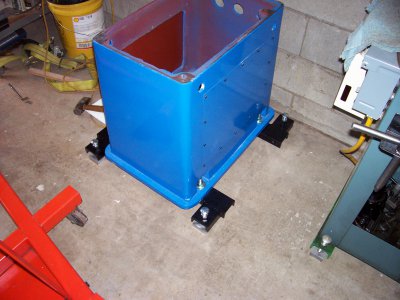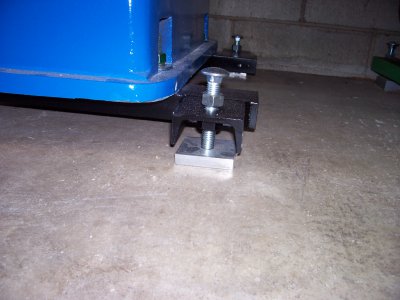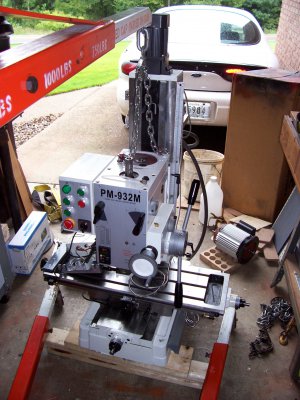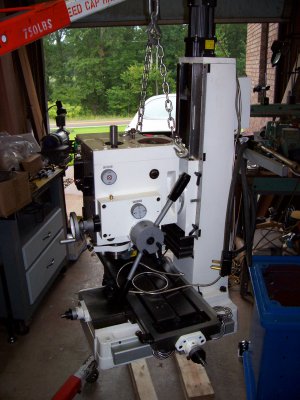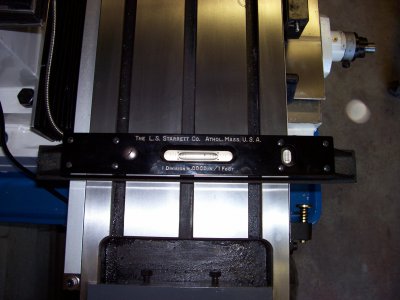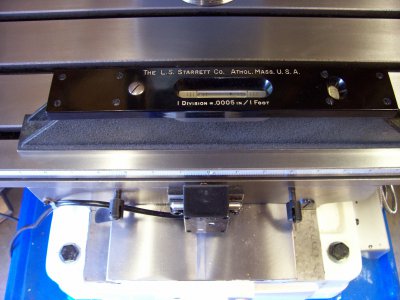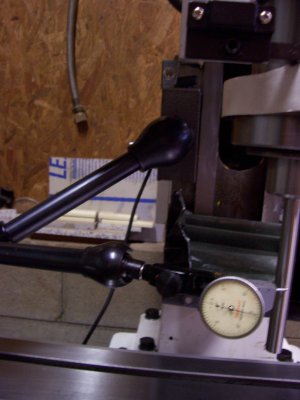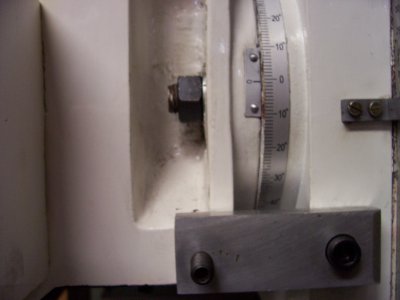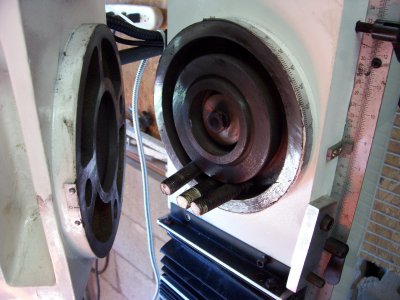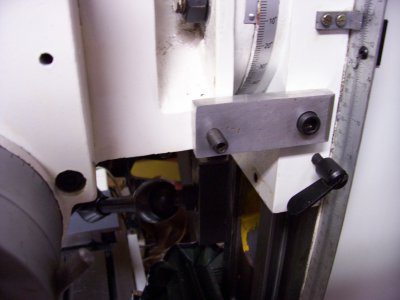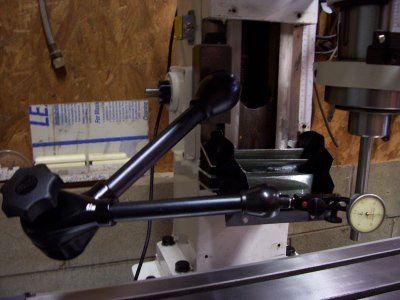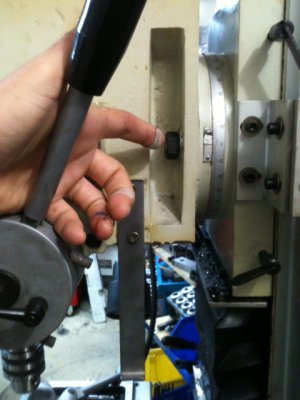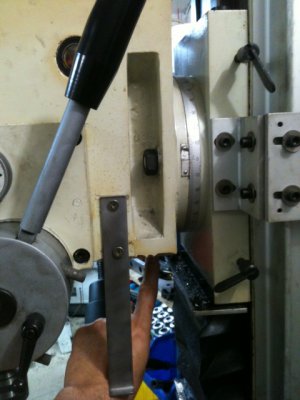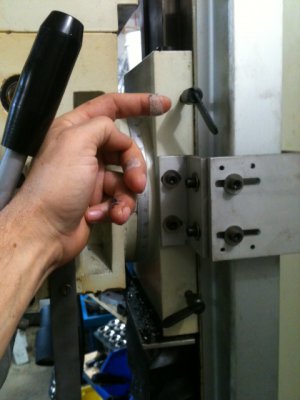- Joined
- Nov 16, 2012
- Messages
- 5,596
Congrats... I think you'll be fine on a wooden floor and leveling it as best you can only because unlevel mills makes it hard to visually line-up parts during setup. The base is very rigid and I don't think levelness impacts tram at all -but you will need to tram it. Also, I'd put about 20-40 hours on it before changing the oil. There will most likely be casting sand in there and possibly a few small burrs. The insides of the gear boxes are painted but, small amounts of casting sand does break loose after a while.
Do yourself a favor and make a base that is comfortable for your lower back and neck. That can really help a lot.
As for initial clean-up, please consider that when a new car is purchased from a dealer, they spend a good bit of time on them -filling tires with air, programming the electronics with the latest updates, adjusting the power windows for proper stopping position, topping off all the fluids, putting on pinstriping etc -ask me how I know... I've prepped no less than a hundred new cars... This is the equivalent. (BTW, when a used car is prepped for sale, many dealers usually spend 2-3x the amount of time making superficial fixes and hiding all the defects. My neighbor's son worked at a Carmax dealer and I could tell you horror stories of what they put out on the lot. He quit because of their practices -against his better sense of right/wrong).
Matt does indeed carry a supply of bearings and I believe he also knows substitute part numbers but you can avoid that issue by taking reasonable cuts. It also helps to use hogger bits instead of normal endmills when doing stock removal. They rip though material with much less effort and fewer passes. That's a win-win situation at a small cost.
When you run your power lines, measure the operating voltage and current. That's the best way of knowing the real score.
Good luck with the new machine.
Ray
Do yourself a favor and make a base that is comfortable for your lower back and neck. That can really help a lot.
As for initial clean-up, please consider that when a new car is purchased from a dealer, they spend a good bit of time on them -filling tires with air, programming the electronics with the latest updates, adjusting the power windows for proper stopping position, topping off all the fluids, putting on pinstriping etc -ask me how I know... I've prepped no less than a hundred new cars... This is the equivalent. (BTW, when a used car is prepped for sale, many dealers usually spend 2-3x the amount of time making superficial fixes and hiding all the defects. My neighbor's son worked at a Carmax dealer and I could tell you horror stories of what they put out on the lot. He quit because of their practices -against his better sense of right/wrong).
Matt does indeed carry a supply of bearings and I believe he also knows substitute part numbers but you can avoid that issue by taking reasonable cuts. It also helps to use hogger bits instead of normal endmills when doing stock removal. They rip though material with much less effort and fewer passes. That's a win-win situation at a small cost.
When you run your power lines, measure the operating voltage and current. That's the best way of knowing the real score.
Good luck with the new machine.
Ray
Yesterday, 09/25, my pm932 arrived in my driveway, on an extra long pallet, because I had asked Matt to not stack the base to the top of the mill crate. I`m a one man outfit, and this made it a lot easier, and safer. Lucky for me, 2 good friends came along, and helped me get the mill and base up a small ramp, and into my 12x16 wood floor outside shed. The floor is rugged, and didn`t sag. I`m thinking about bolting a couple of sheets of 3/4"x30"x30" plywood to the base for added stability- it may not pay for me to try to level it on a wooden floor-your thoughts? The milling machine , in my out door shed, will be about 60` from my house circuit breaker box, so I bought some 10-3 uf wire to hook it up. After I figure out what to put under the base, I`ll do what most of you guys did, and borrow an engine lift to hoist the mill on top of the base. Now, after it is all fastened down, I expect to have to go all over it, the way I did with my pm1127lb. Carefully clean, maybe change the oil in the gear box, attach the power feeds, tram, etc. I always thought that was part of the fun, and yes, that does require several hours to get it right. I bought a used Bridgeport, j head, years ago, that I had to spend days to get that right. Matt does, in my opinion, a very good job of checking out the machines, but after they are bounced around in crates, hoisted with chains, straps, fork trucks, etc., there is no way that they won`t need to be adjusted, especially if fine accuracy is needed. The spindle bearings on a new machine should be perfect, or darn near it, even if they are Chinese. BTW, if some one knows of replacement US spindle bearings, {numbers}, that would be welcome info for future reference. Anyone experiencing bad parts, including bearings, especially on a new machine, should contact Matt; he will make it right! Happy Milling..........Art.


